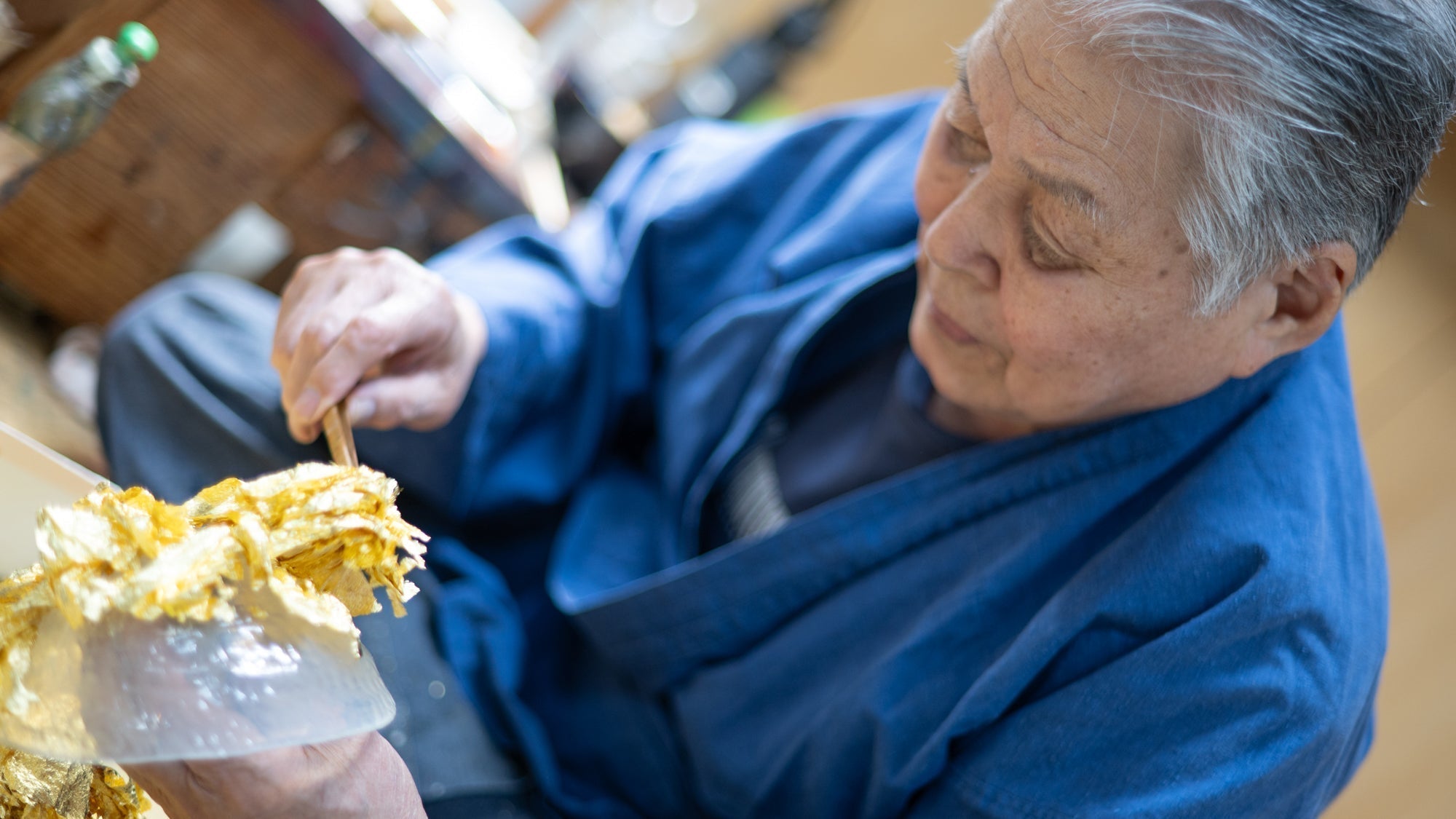
Defining Modern Lacquerware, a Journey of a Northern Craftsperson
Written by Team MUSUBI
Yoshita Kasho is well known in Japan for his innovative designs using traditional techniques of lacquerware craft. Facing adversity in the declining population of craftspeople and demand for lacquerware utensils, Yoshita Kasho shows how one can still be encouraged and optimistic, as he passionately talked to us about his new creations, bridging tradition and modernity of lacquerware.
tables of contents
The Northern Craftsperson
Going through green rice fields, and observing the shallow mountain ranges, I was curious of the craftspeople who settled here and have been passing on traditional craft for centuries. The neighborhood was very quiet, and the shops and houses showed rust, as well as numerous abandoned houses, dense with vines.
When we finally arrived at the workshop of Yoshita Kasho, the son greeted us with a welcoming smile. His calm, gentle and slow voice tone was certainly what the rich and soothing beauty of the natural landscape would have fashioned him.
Climbing up the narrow and steep wooden stairs you would find in traditional Japanese houses, we were invited to the workplace, Yoshita Kasho's space of creation. It was very quiet that one can hear our own socks slide on the wooden floor, and the constant noise of the air conditioner.
There, we first "saw" Yoshita Kasho, the founder of the company, and the renowned lacquerware craftsperson of Japan. He sat on a "Goza," a tatami mattress, and was painting lacquer on a glass bowl.
He greeted us with a soft, low voice, but each sentence of his ended with a kind of exhale, a hint of sighing, with a higher pitch. Perhaps every word and sentence that he recounts, showed his nostalgia for the olden days.
Before I was able to give my questions, Yoshita Kasho started recounting his story of his life, and his reminiscence of the olden days, his eyes slightly looking downwards, where he was holding preciously his lacquerware bowl.

The Golden Age of Tea Ceremony
Yoshita Kasho was born in 1940 in Ishikawa prefecture, to a family making lacquerware craft in a company called Yoshita Inc. In those days lacquerware was in great demand, and industry flourished in Ishikawa prefecture. Yoshita Inc.'s main products were utensils used in the tea ceremony, or Chado. After graduating from middle school, Kasho entered his father's workshop while attending high school in the evenings.
Kasho recounts with lament the old golden days of traditional lacquerware craft.
"In those days, I would present my tea utensils at exhibitions held in the prestigious department stores in Tokyo. Tea ceremony masters would bring many of his disciples and introduce my work to them. Greatly assured by the master's recommendations, the disciples made no hesitation to buy my Chado tools. They would treasure and use the tools I made throughout their career. Perhaps I sold more than 10 million yen a week in those days."
However, the population practicing Chado, and the custom of holding tea ceremonies started to wane. The disciples of tea masters were no longer aspiring practitioners, usually enthusiasts who would rather stay in the realm of amateurism, hesitating to pursue the art as a professional career.
The decline of the industry also meant the abandoning of tea utensils, resulting in a large flow of secondhand tea bowls and other tools. Even those customers who seek quality, would opt to buy cheaper secondhand, unless the new ones had a striking difference.
Passion for New Design

Kasho possesses a relatively rare mindset for a traditional craftsperson, an incessant desire to devour knowledge and explore new designs. Passion and curiosity for things hitherto unknown to him. In his 20s, he worked as a businessman travelling to Hong Kong, Vietnam and New York. He has so often drawn inspiration from interior furnishings and lifestyle of the West during these business trips. His visits to Hong Kong and Vietnam have given him much encouragement and pleasure in knowing how the Asian art of lacquerware was thriving in fellow neighboring countries and cultures.
"A frog in a well, is blind of the vast sea. If you stay in Japan, then that is all you will know about. Through visiting many places like the United States and Vietnam, I always gained insight for new designs, and also learnt about the lifestyle of people living there. I saw Japanese paintings and artwork furnished in hotels in the West, and other lacquerware craft from countries like Vietnam. My profession is to create things, it is my passion to think of new designs and give shape to them."
Thus began Yoshita Kasho's new journey of reviving lacquerware craft and bridging traditional art with modern lifestyle.

"I knew about gold leaf paintings on matcha bowls, but they were so fragile that they easily wore off after using the bowl several times. I wanted to make a bowl so that these delicate and fragile decorations would be more durable, so I came with the idea of using glass. Because glass is transparent, I can protect the paintings from being scrubbed off."




Modernity and Tradition

The Joy of Using Works of Fine Art
Kasho holds regular exhibitions and tea ceremonies, which are vital sources for his continued efforts to satisfy the needs of the users of his products. Even with the use of glass and silver leaves, the transparent glare of glass was too summer-like, unfit for other seasons, said a customer. It was then that Kasho thought of applying black lacquer on the glass body, as to imitate the overall subdued impression of a traditional lacquered bowl.
Presently, Yoshita Kasho's son is working actively on expanding their reach to the global market through the internet. And the craftspeople are full of enthusiasm as to exploring the full potential of the art of lacquerware. Constantly imagining unprecedented and innovative designs. The new products introduced here are just a beginning for the company's enterprise, a journey of a traditional crafter's dream, bridging between traditional craft and modern lifestyle.
When Yoshita Kasho was talking to us, he rarely looked towards us, nor did our eyes meet. I recall him carrying his glass bowls on his palm and gazing at it as he told us his stories. It was almost as if the lacquerware craft was urging him to tell the stories for him, as if possessing Yoshita Kasho to transmit to us the energy and passion sealed in each of these fine crafts.




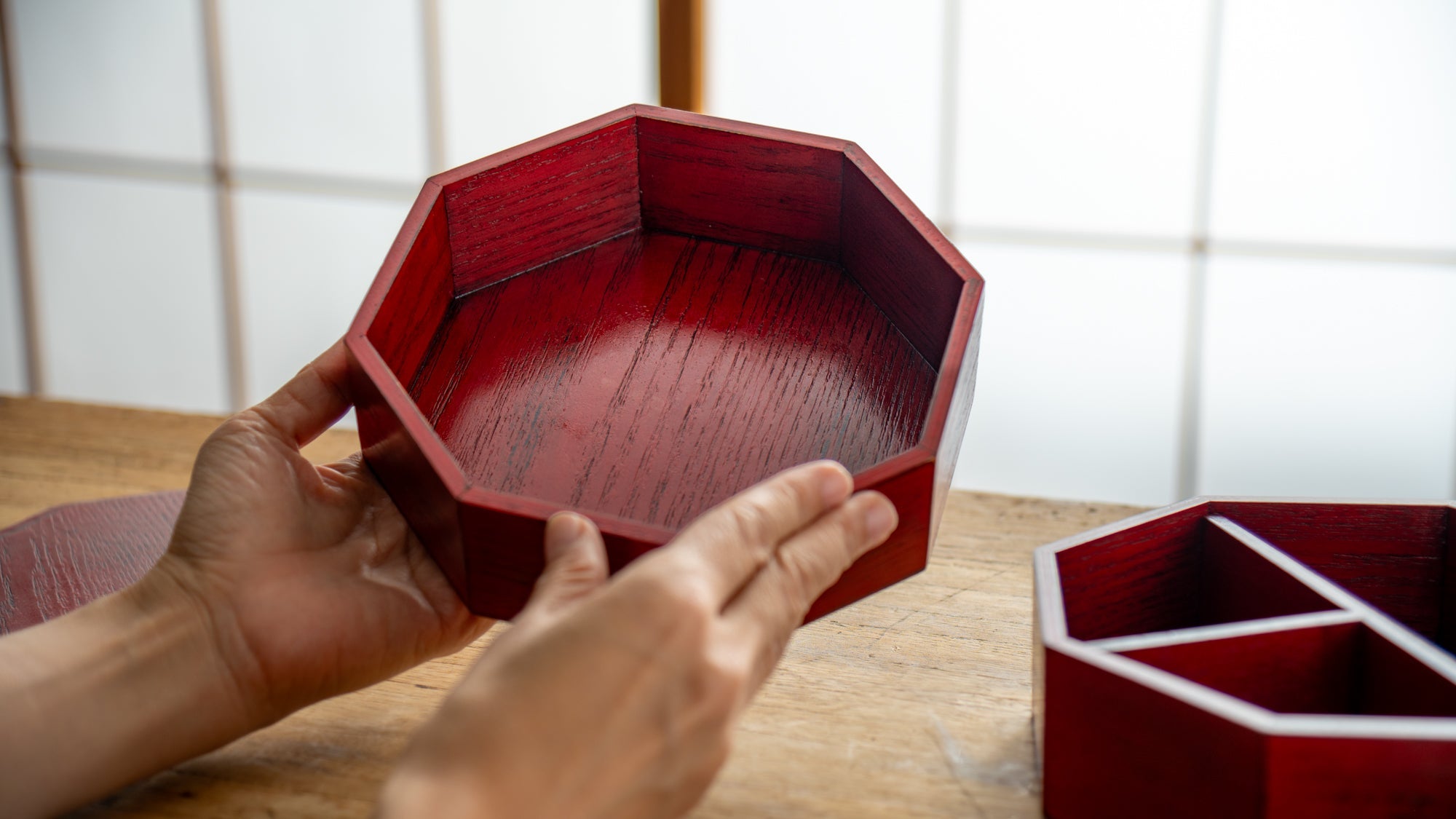

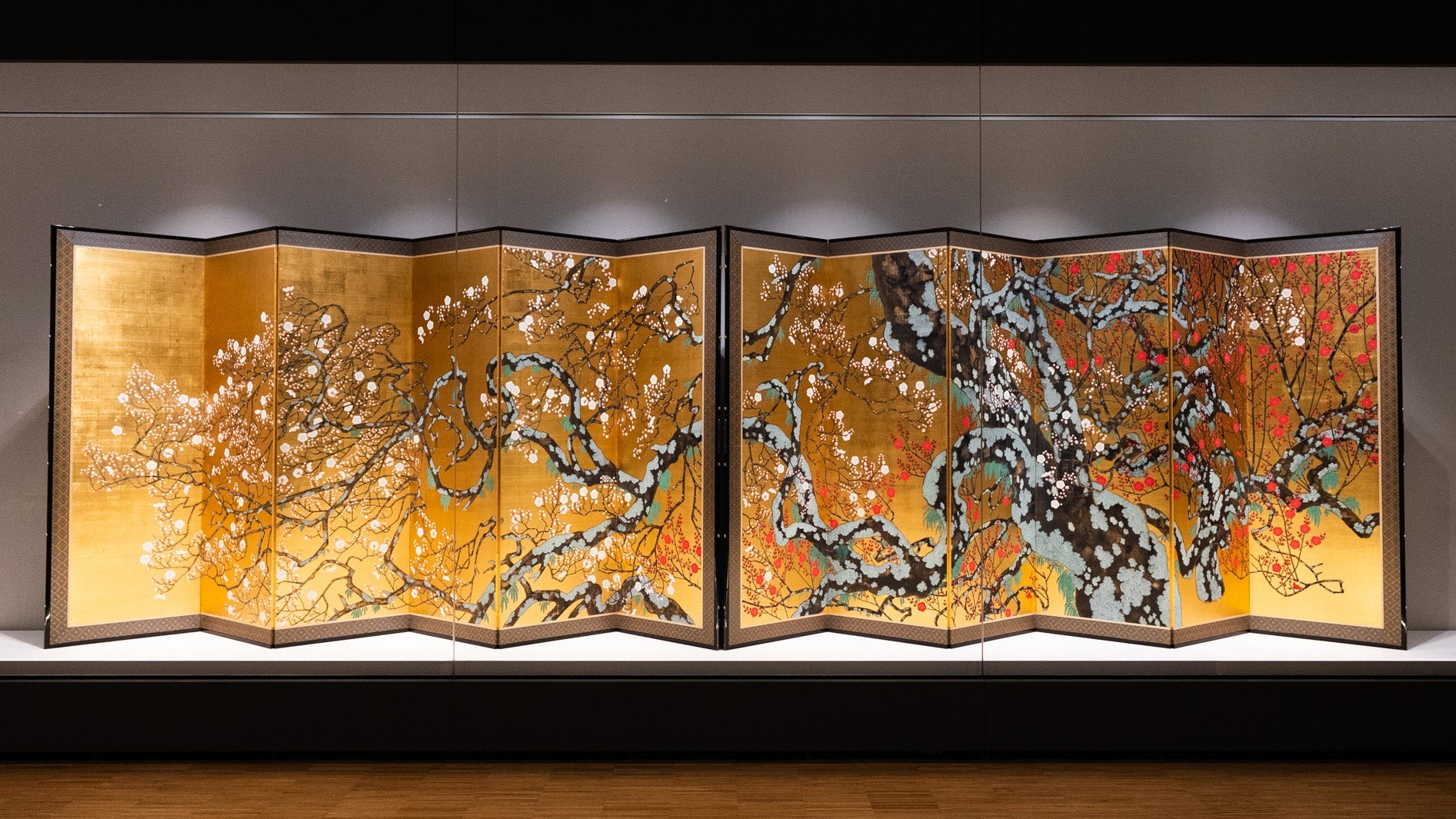
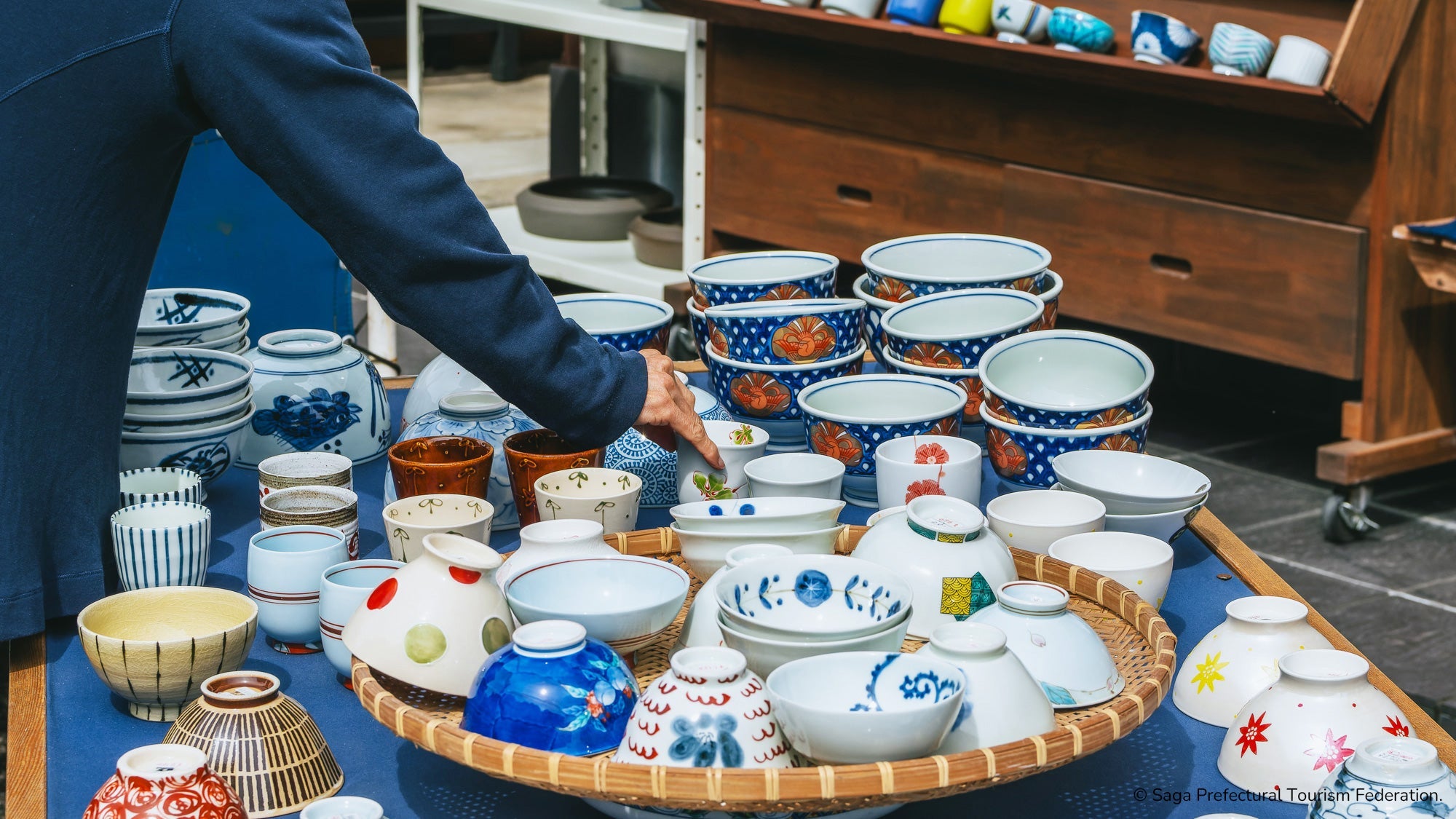
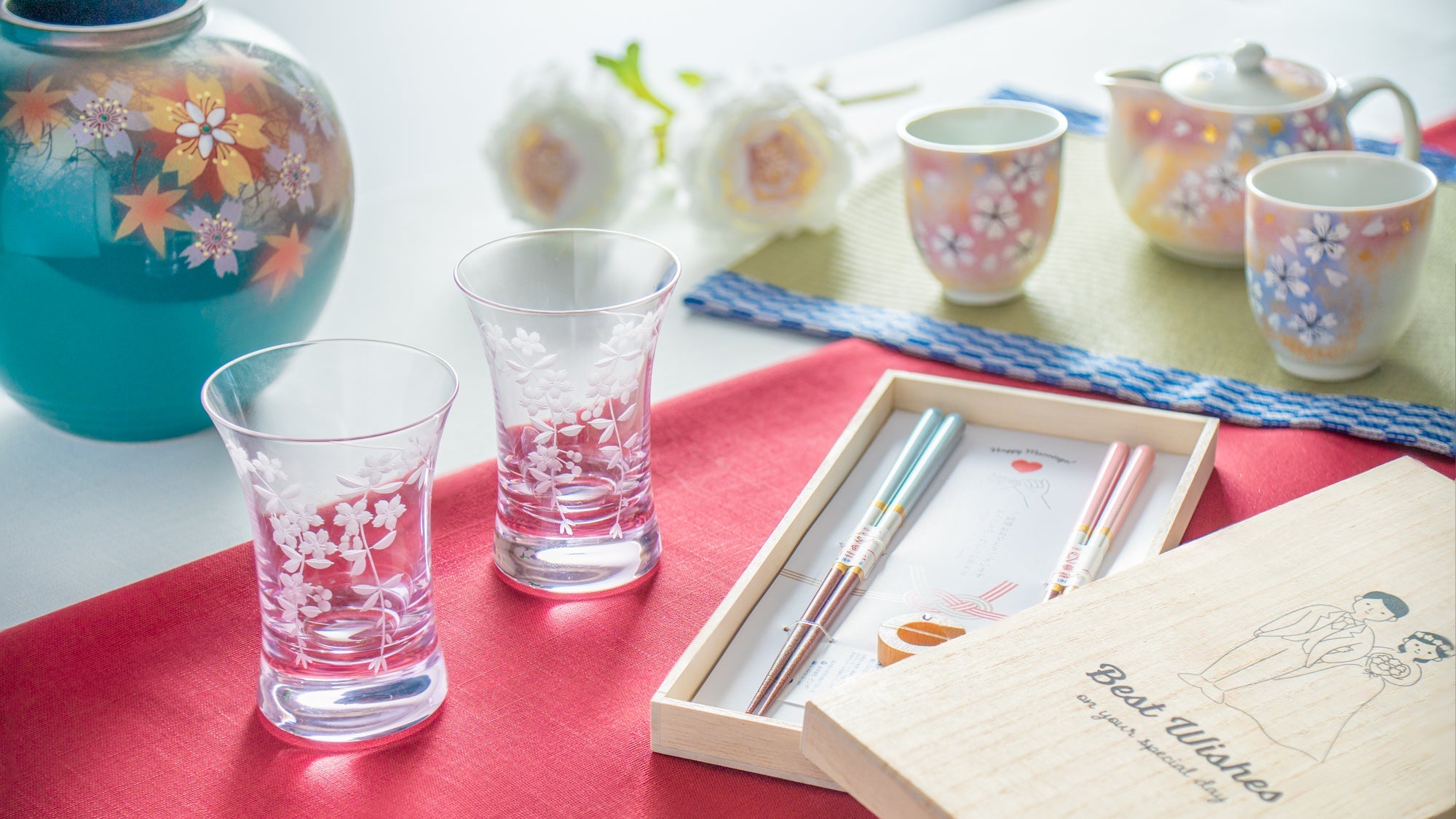
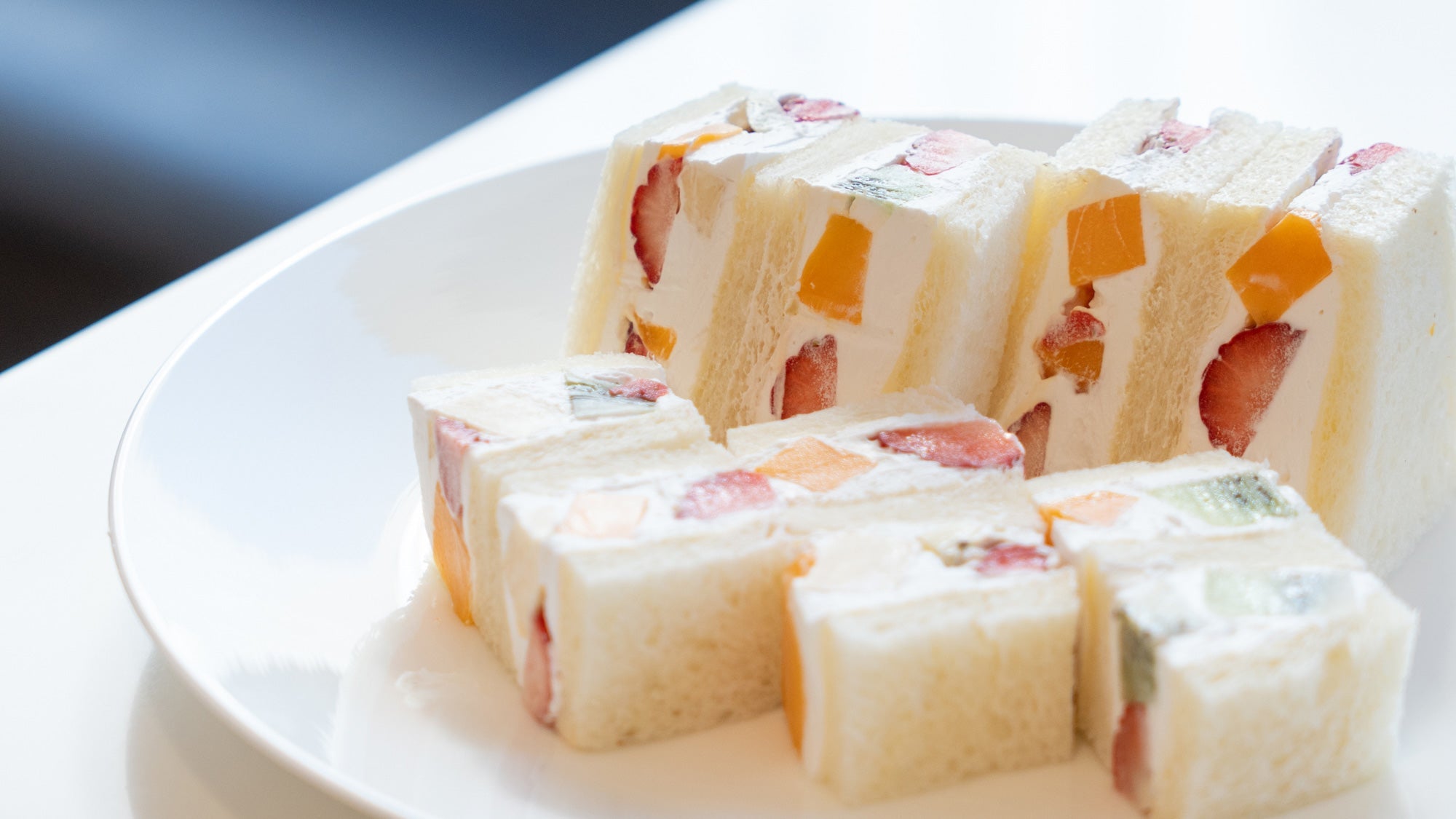

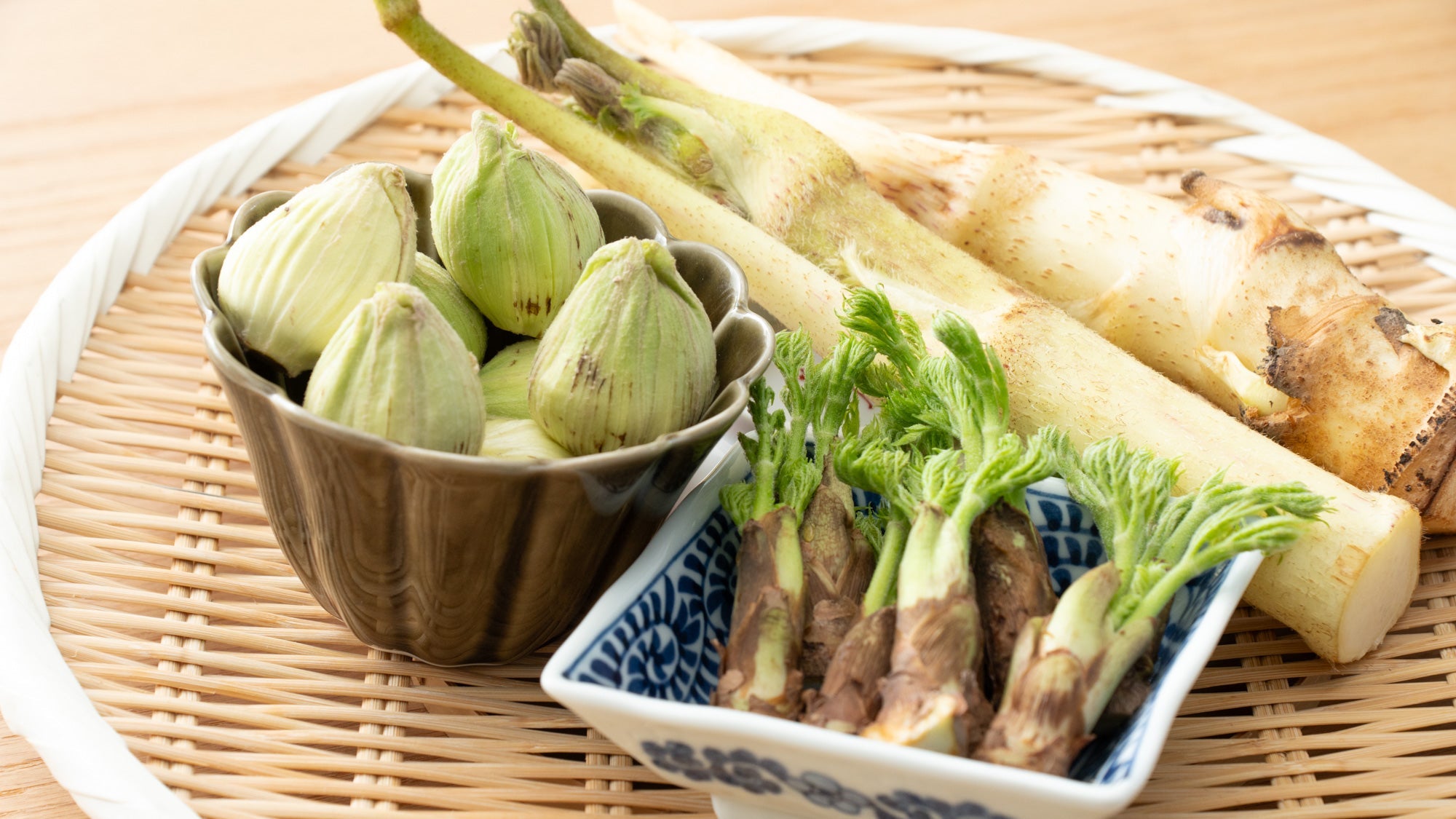

Leave a comment
This site is protected by hCaptcha and the hCaptcha Privacy Policy and Terms of Service apply.